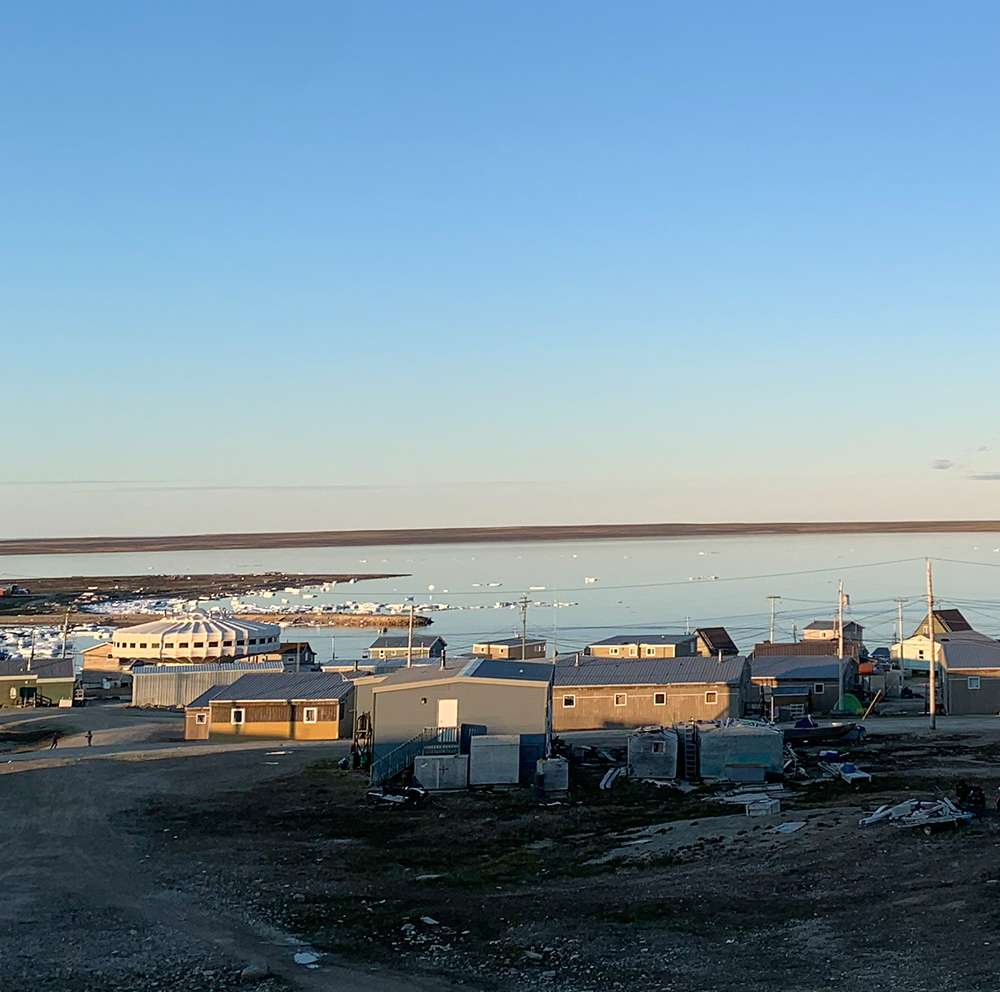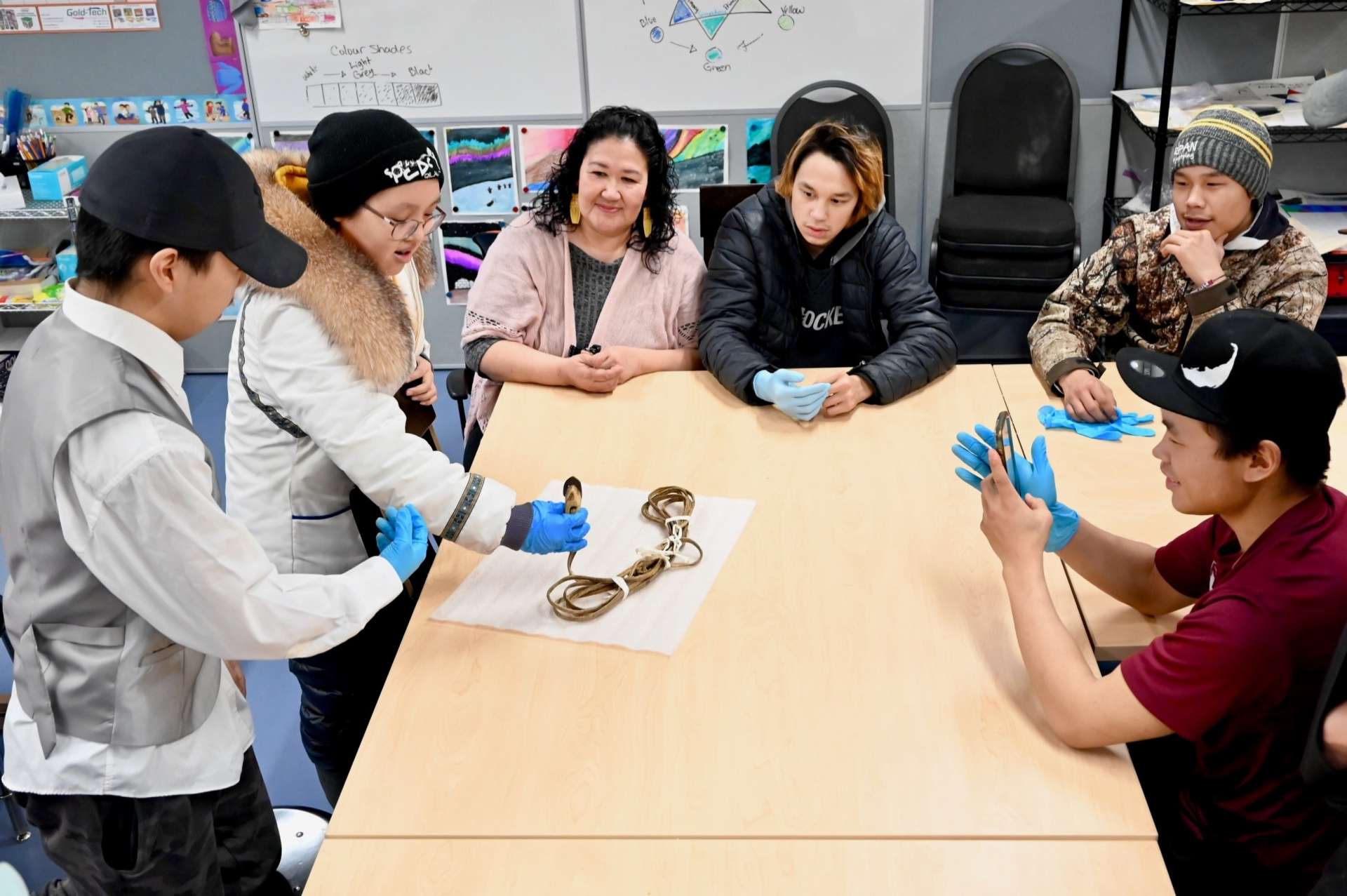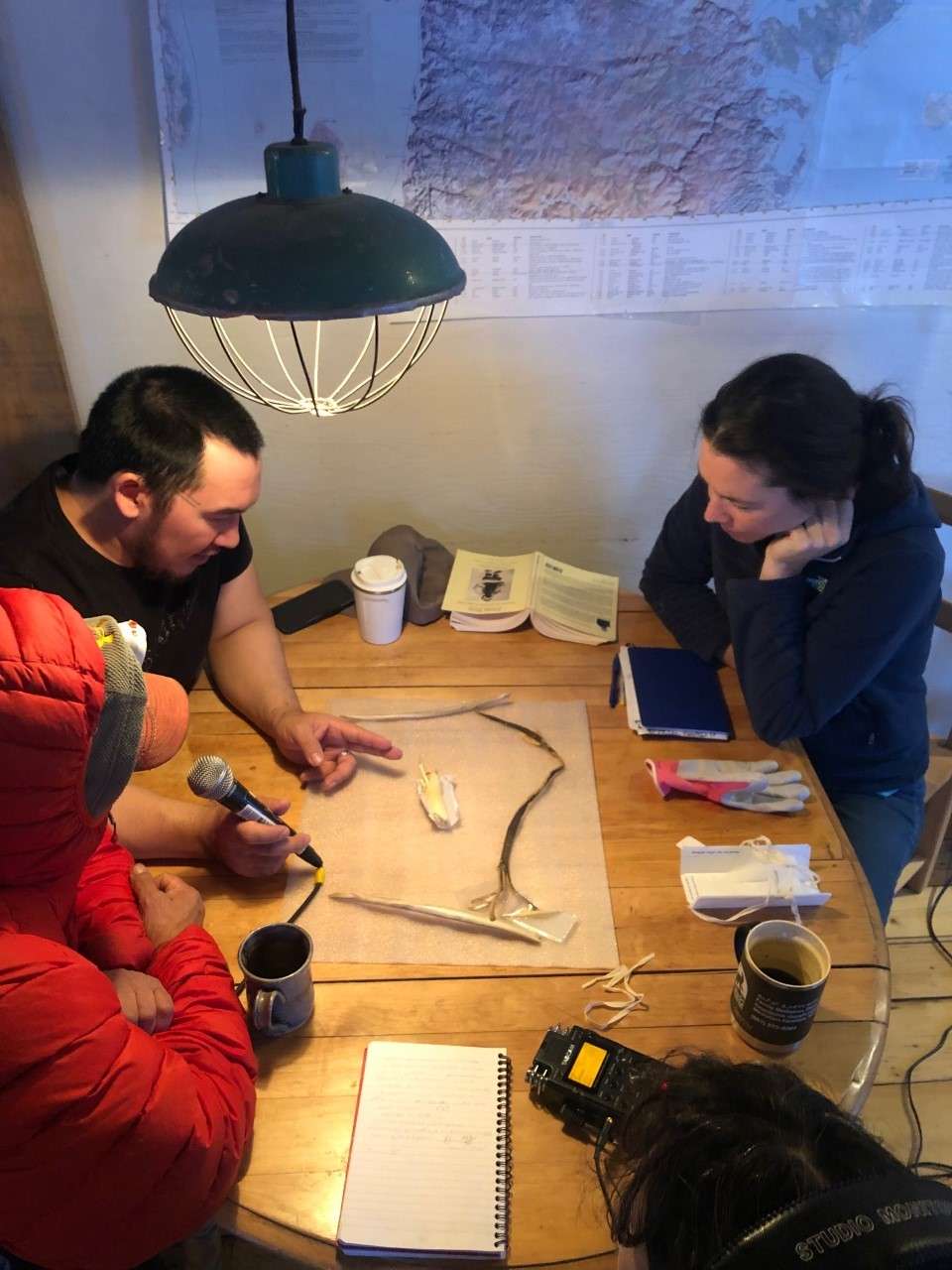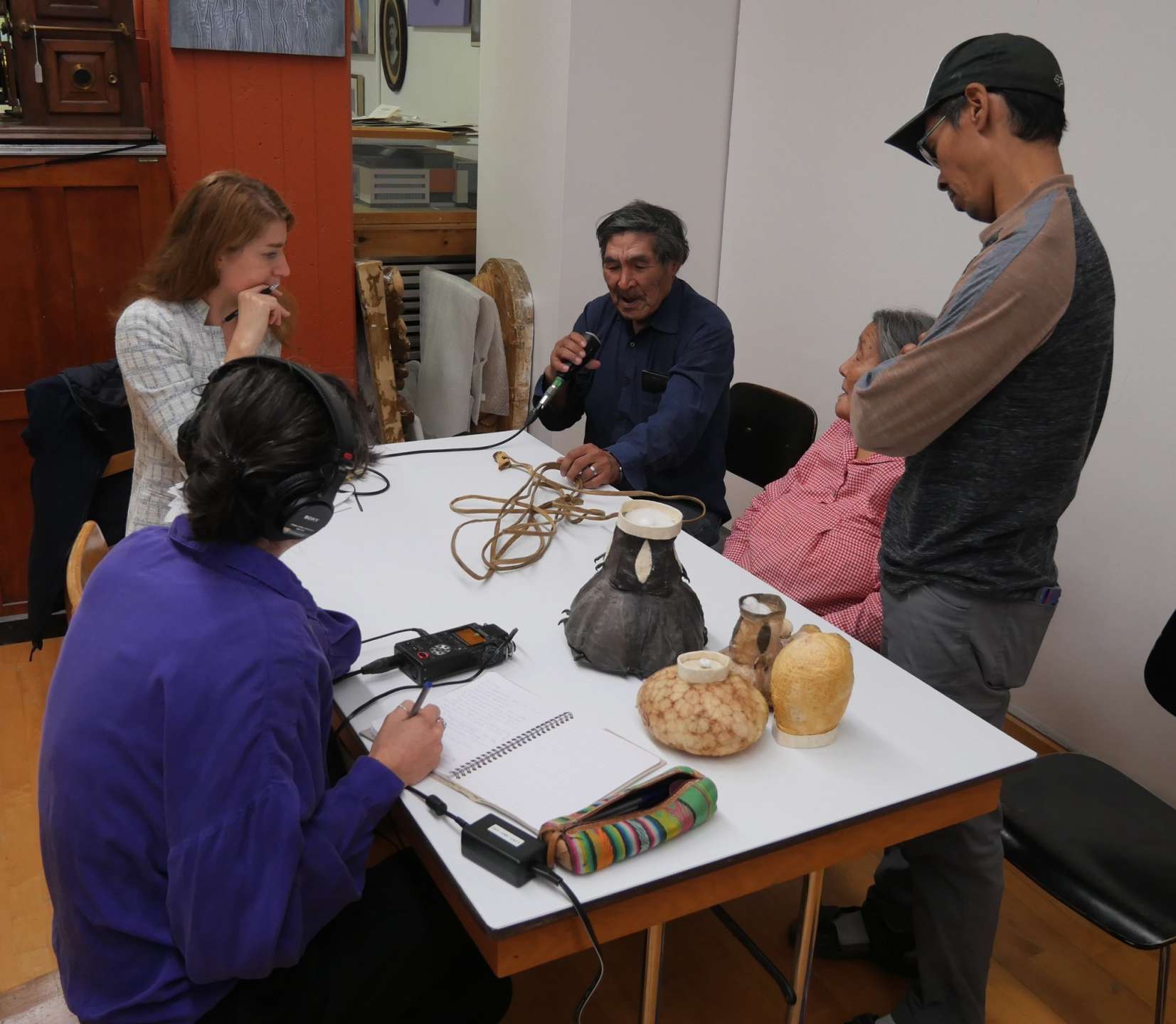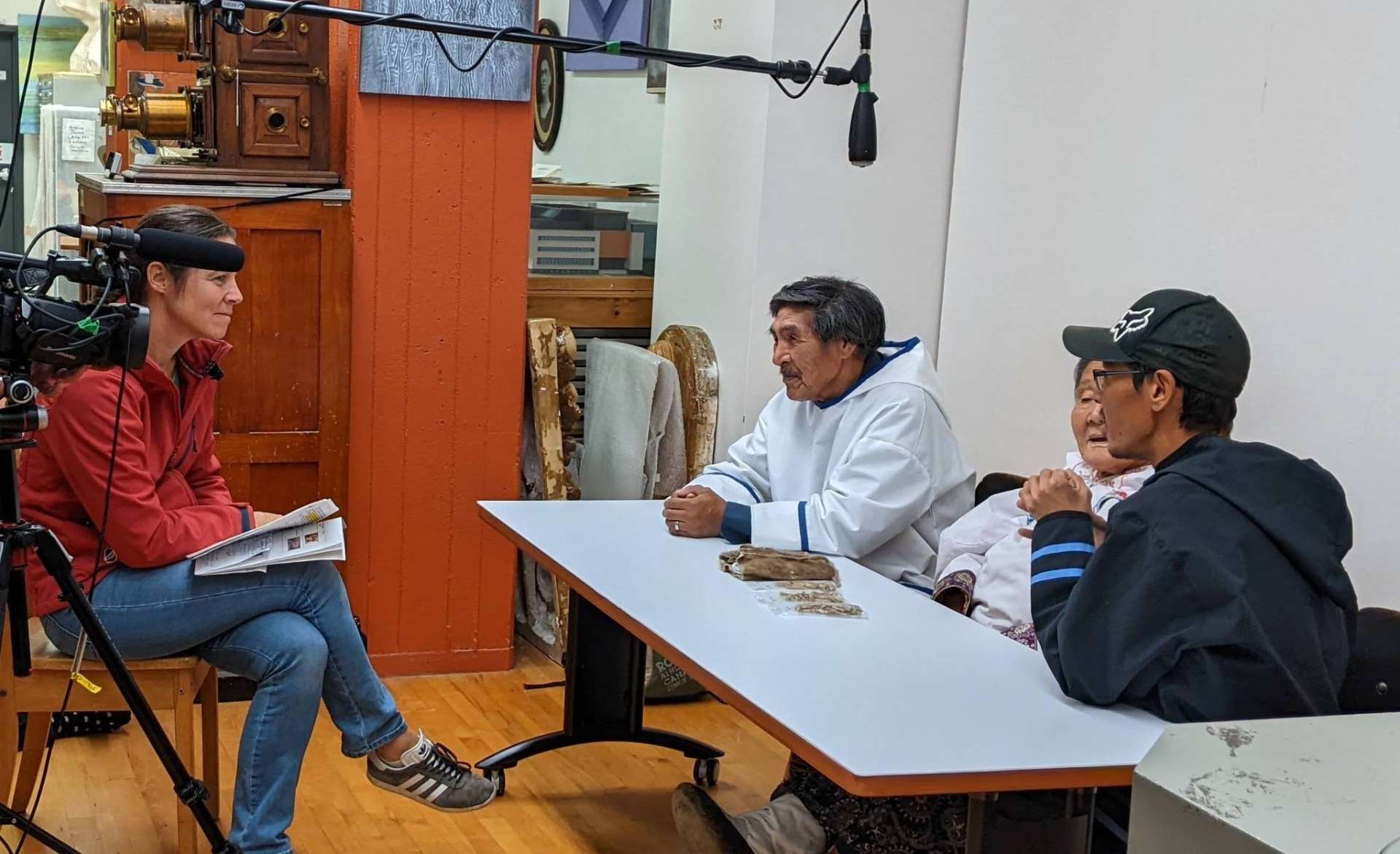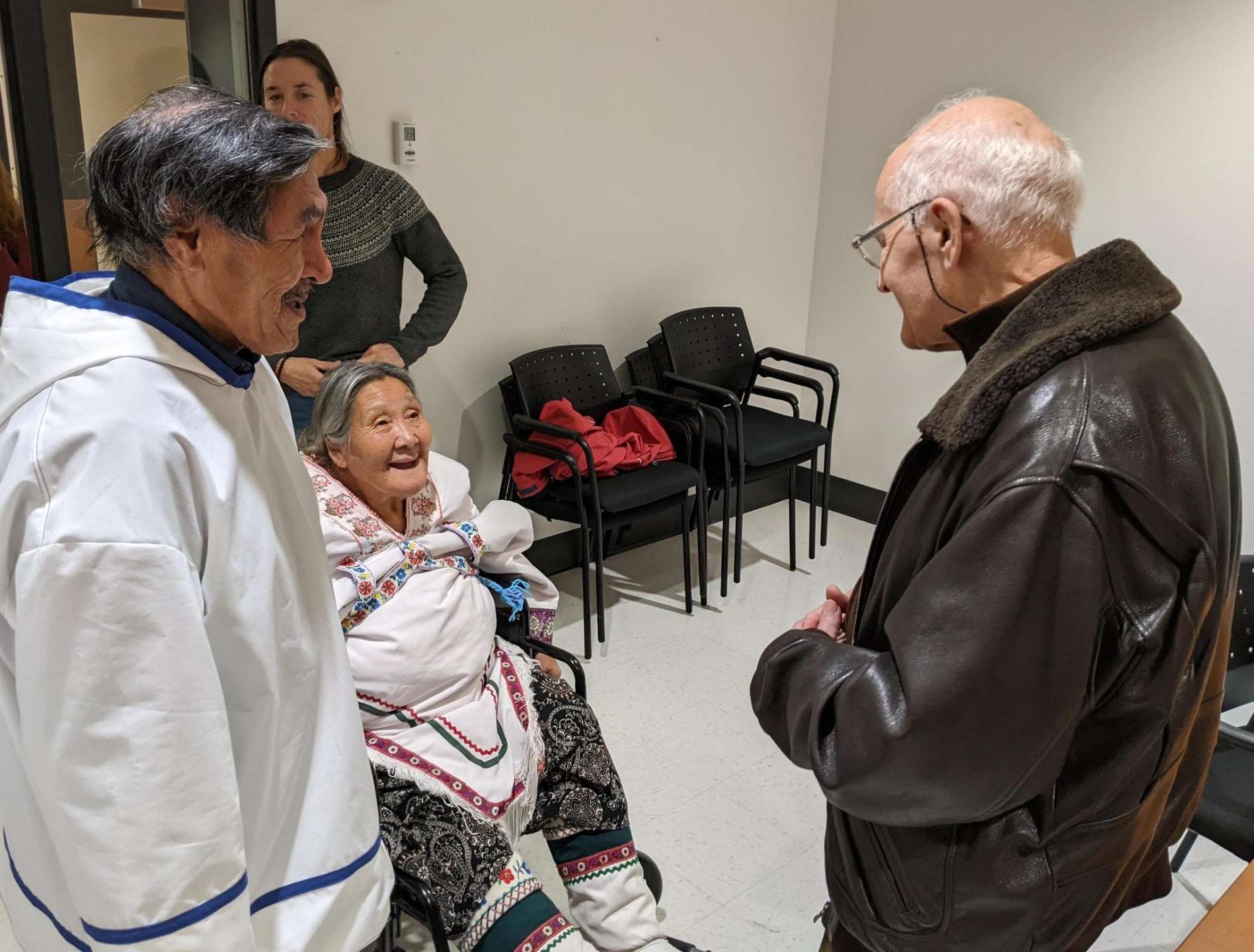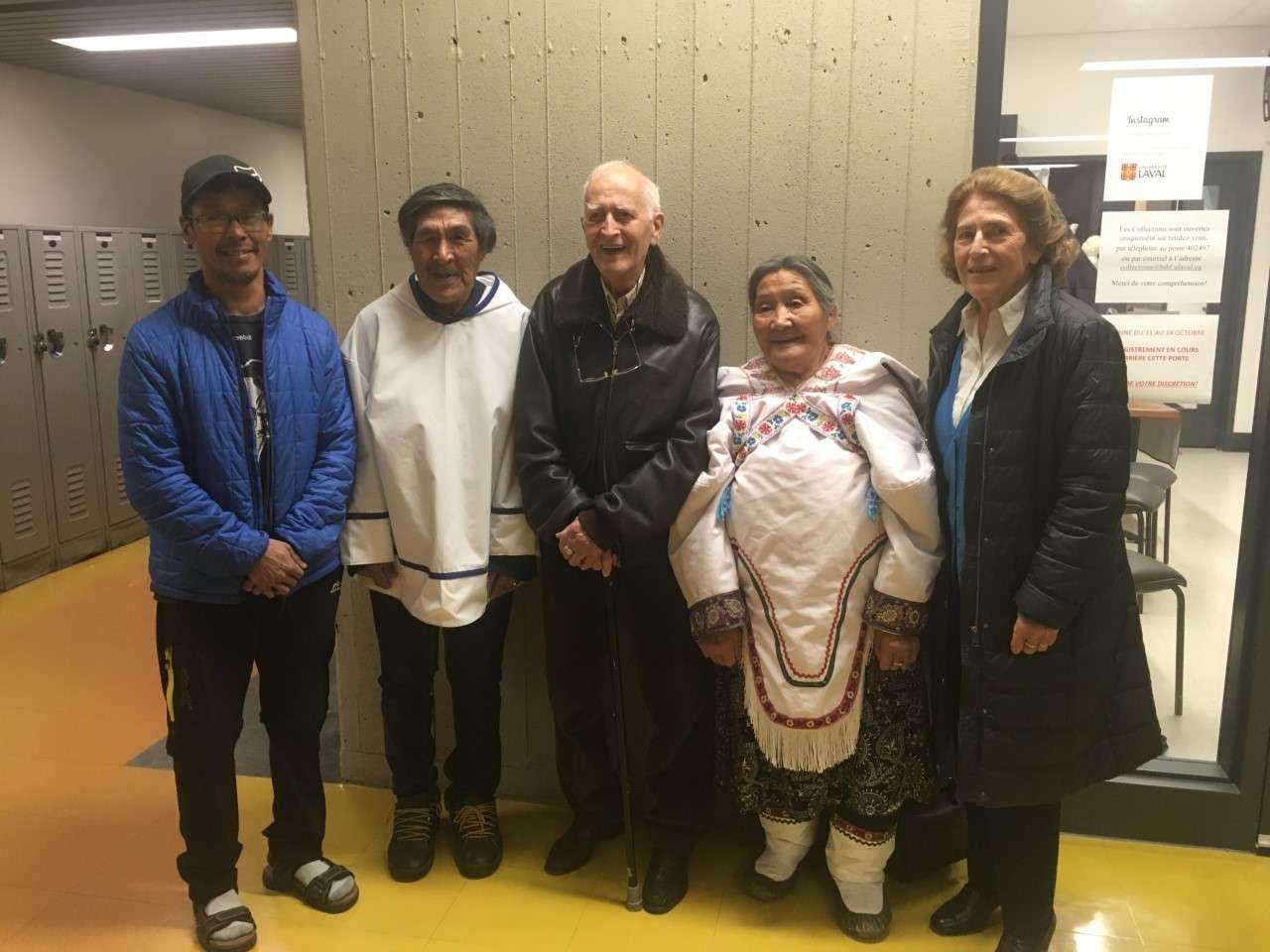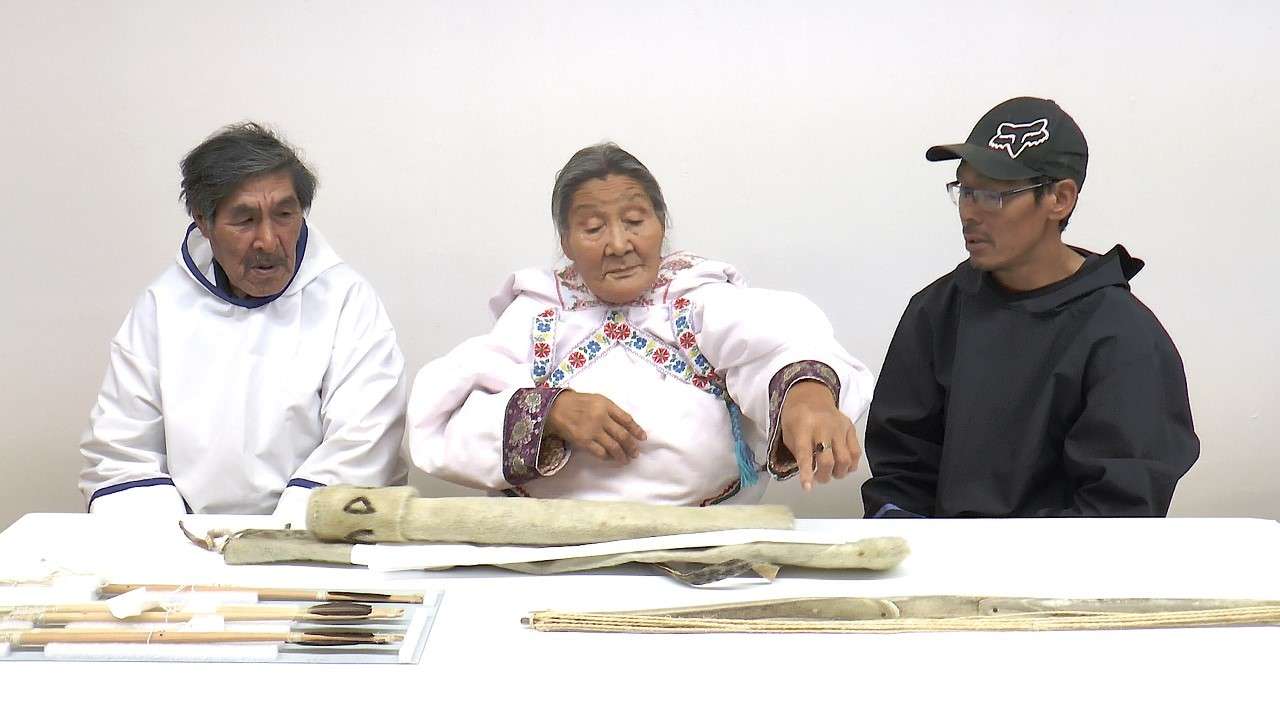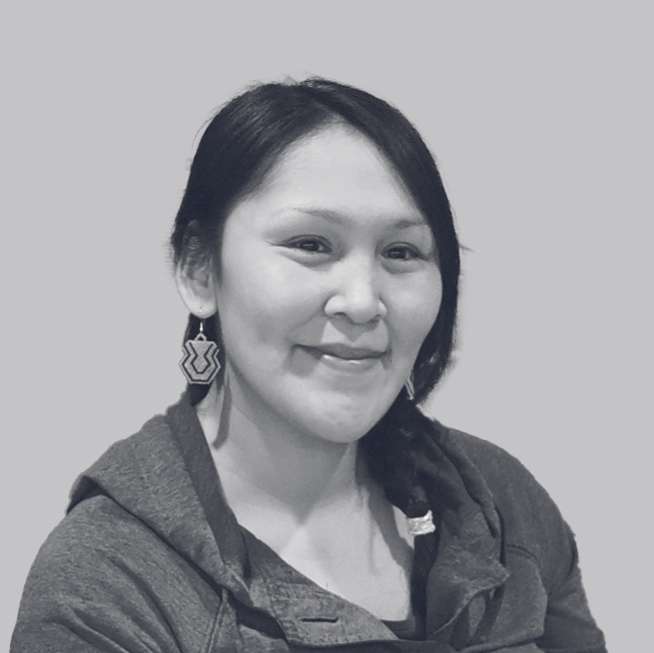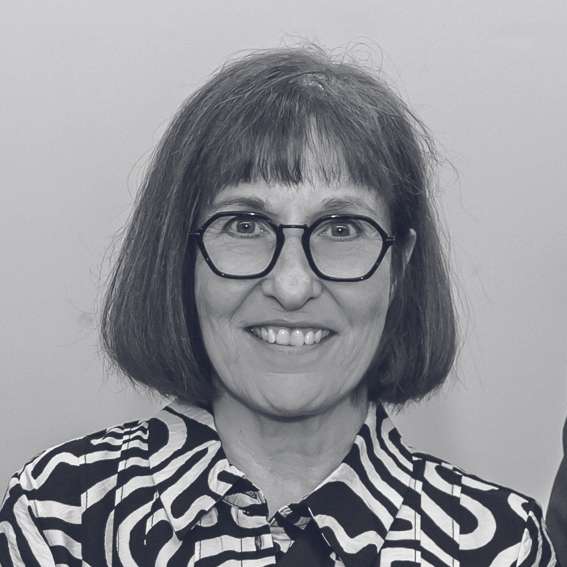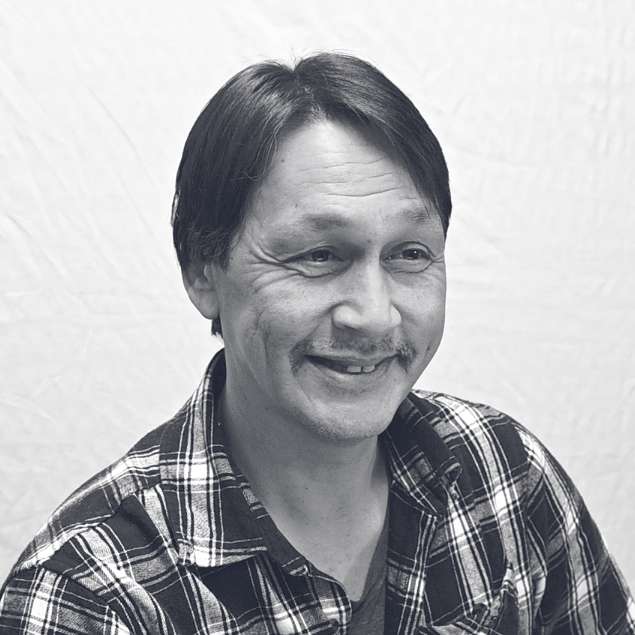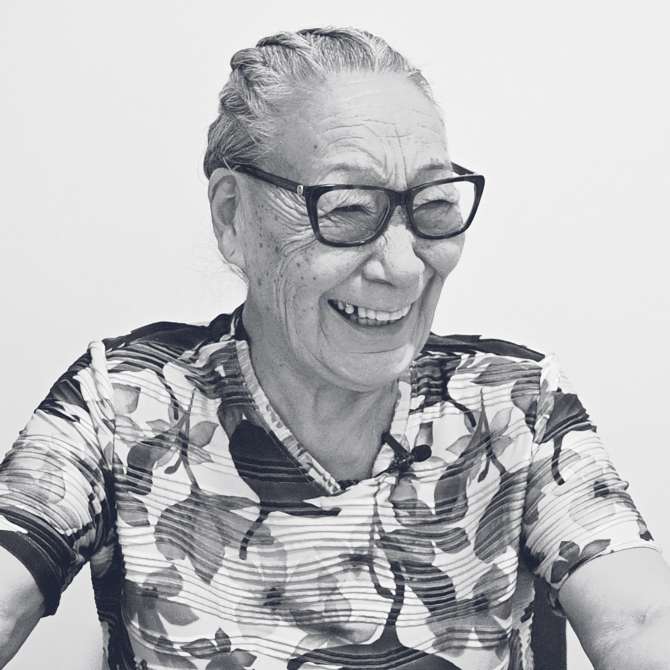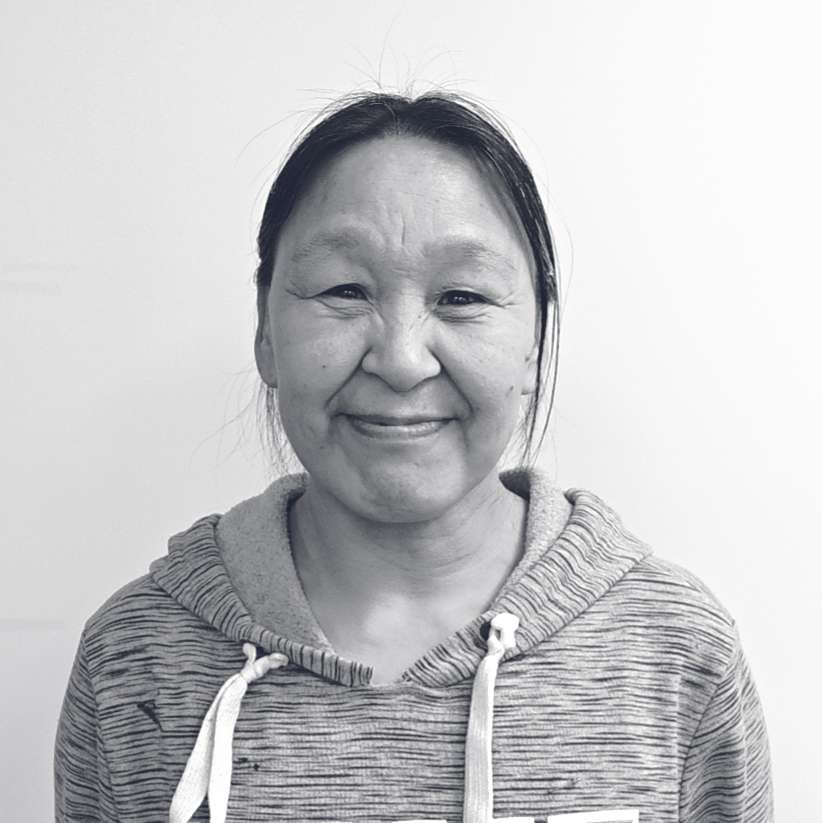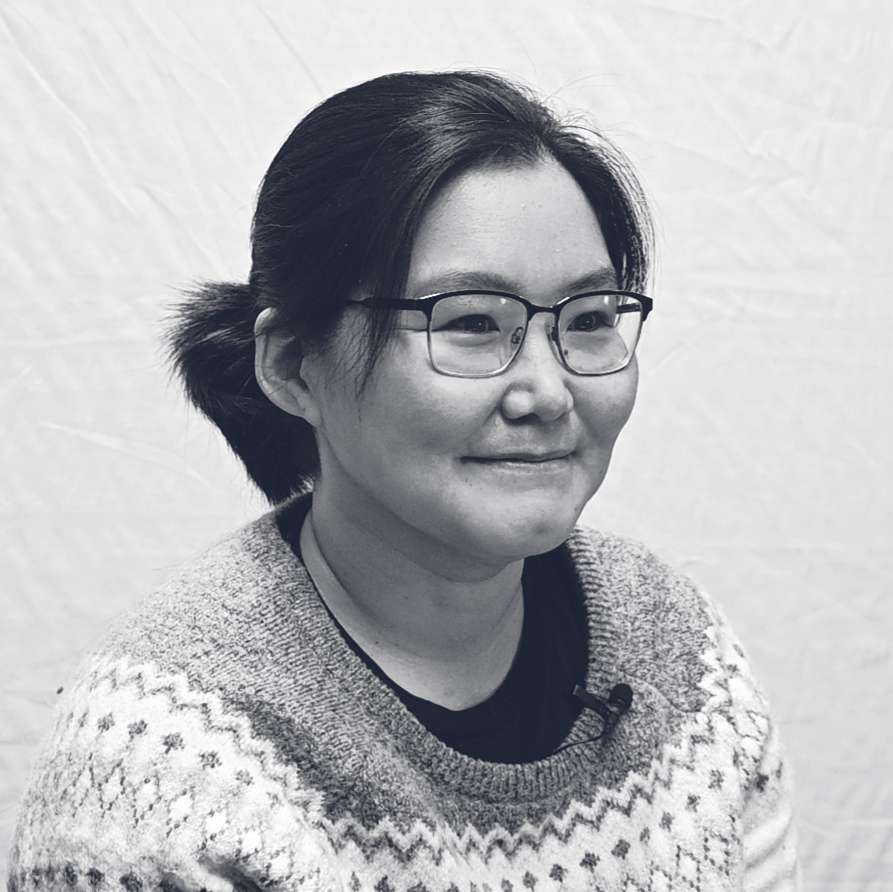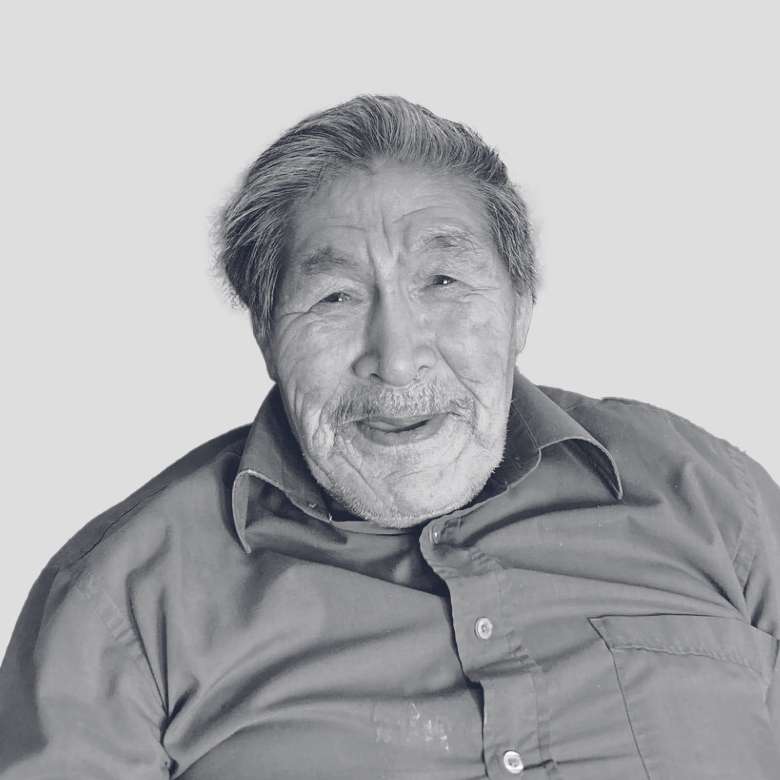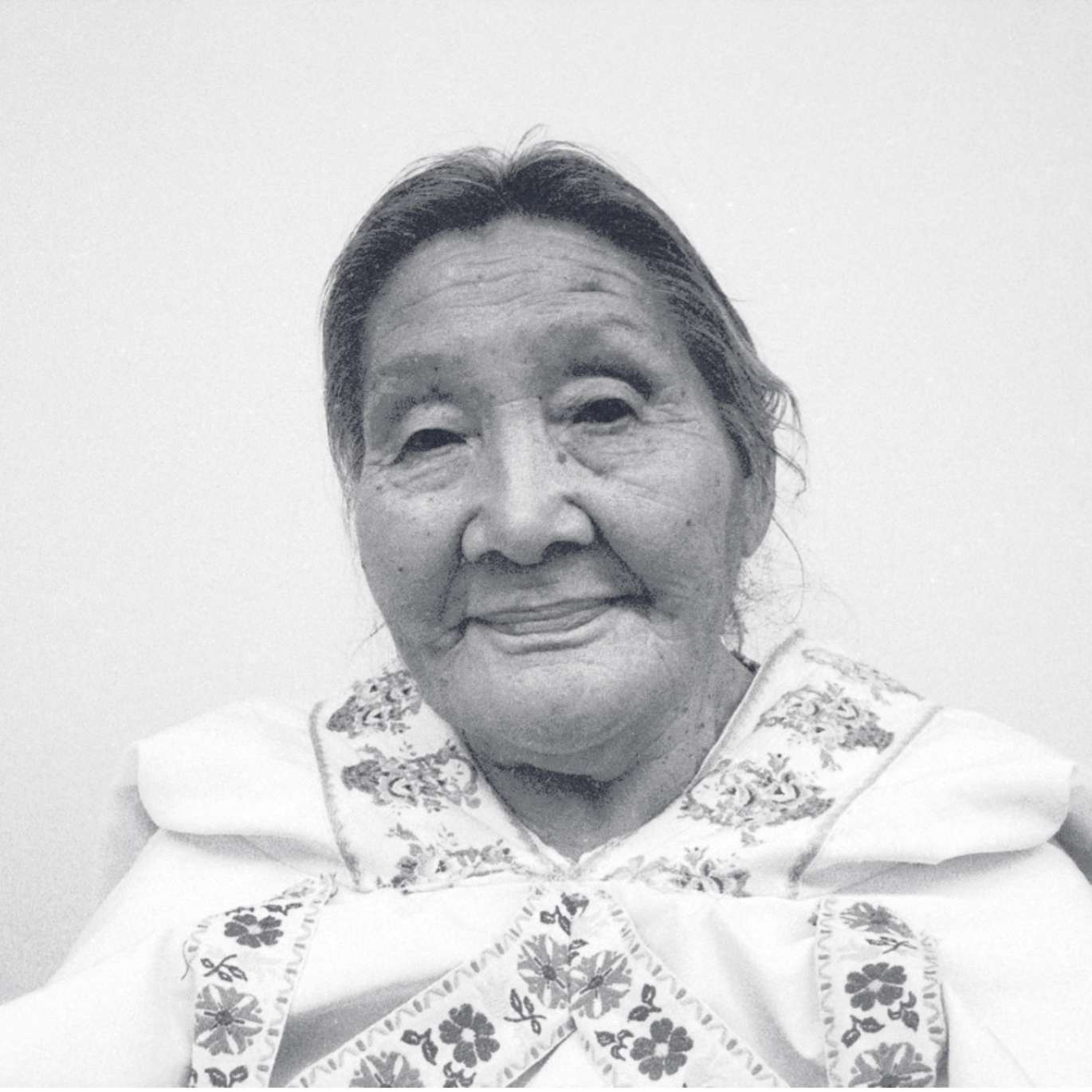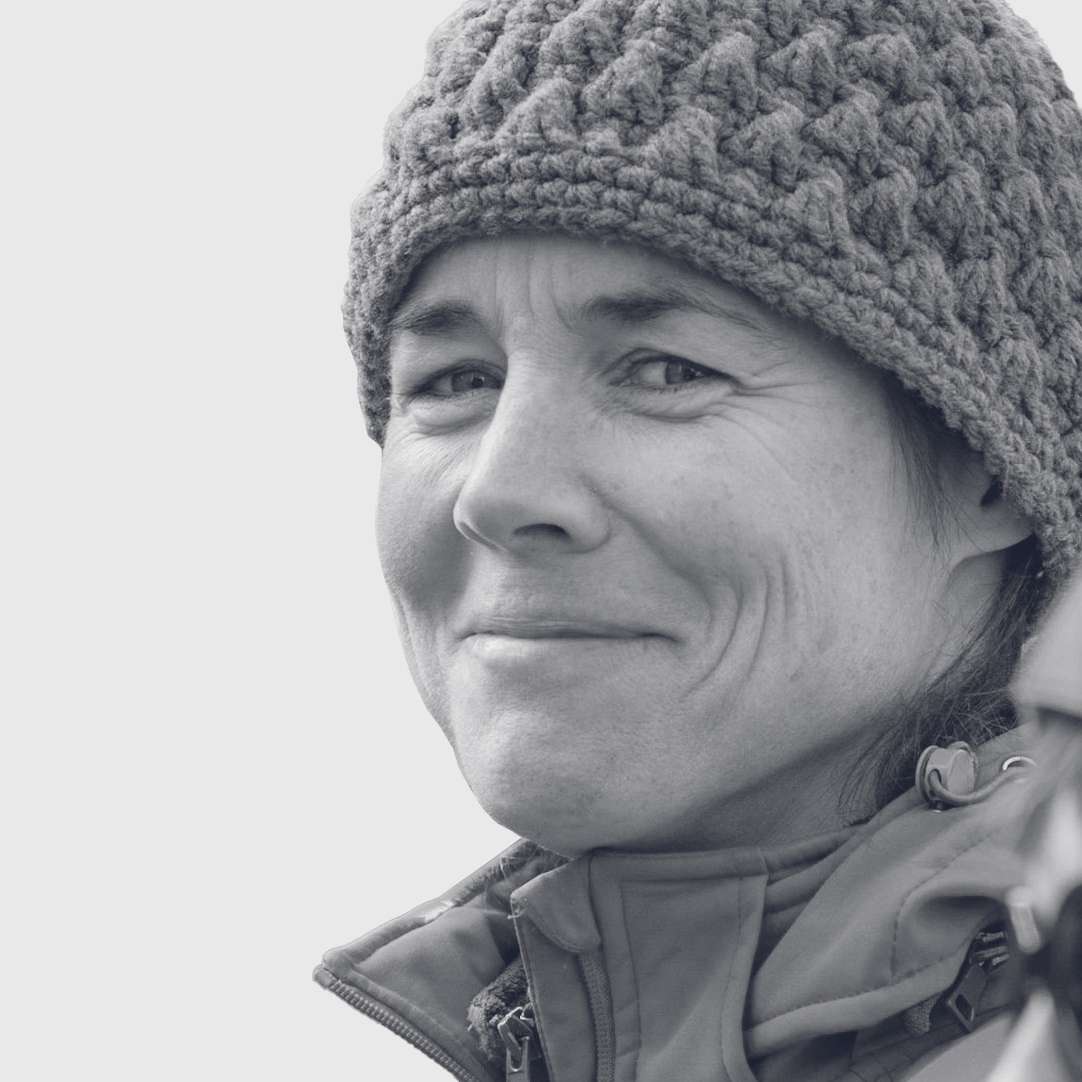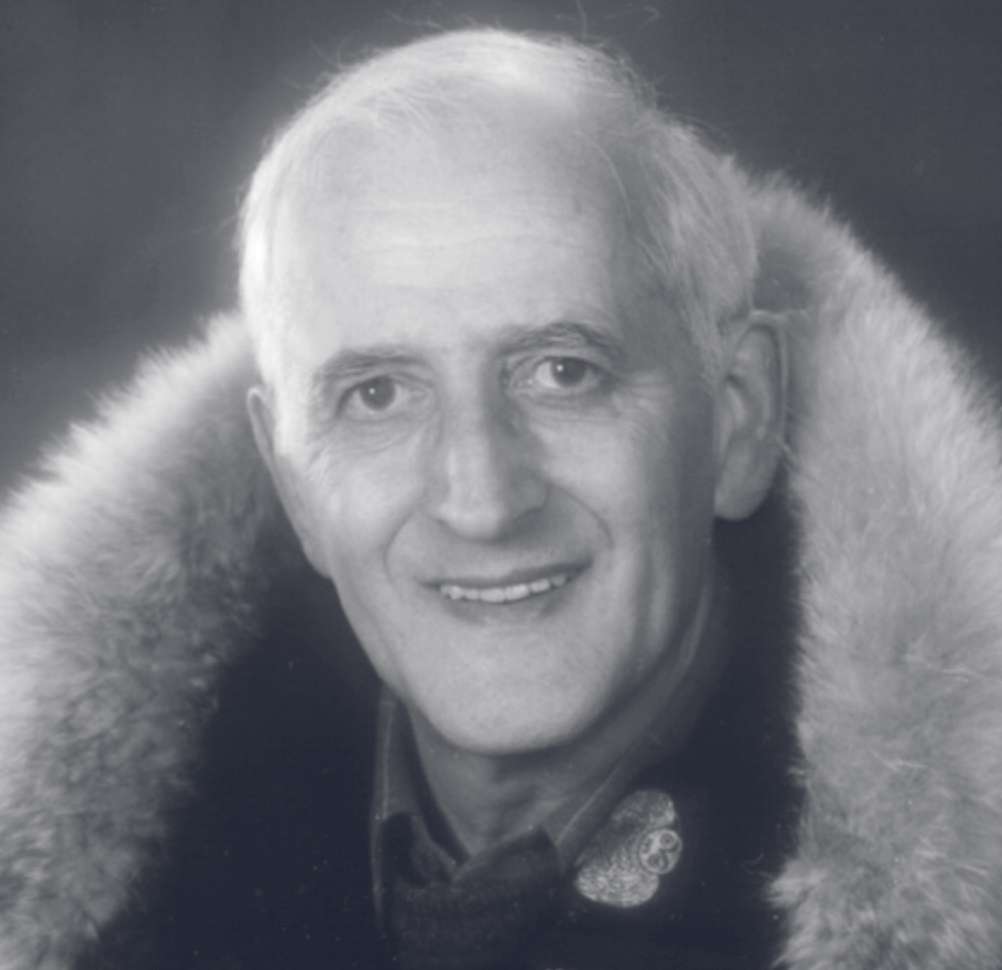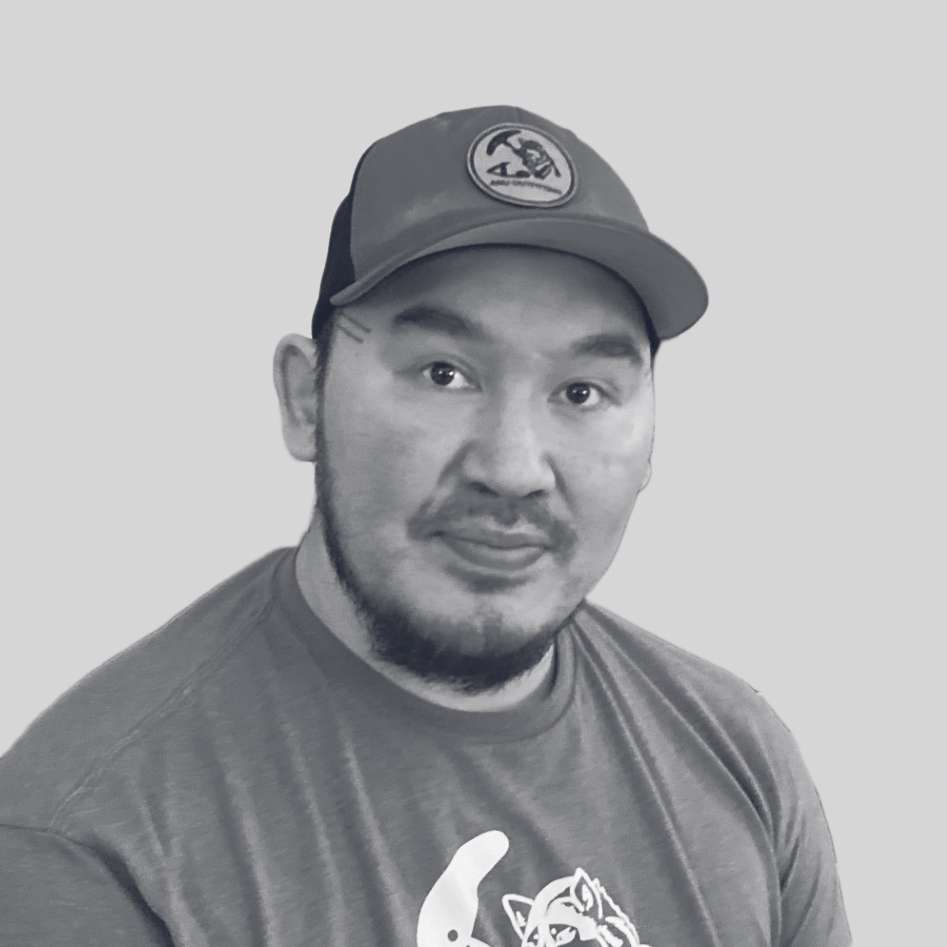Krystal Aqatsiaq
An employee at Igloolik High School and granddaughter of Michel Kupaq, one of the artisans who made many objects of the collection, Krystal today wishes to offer young people the knowledge she learned from him. She was interviewed in Igloolik and provided precious information about certain objects discussed in the audio capsules of the website.
Marie Dufour
As the person in charge of cultural mediation at the Université Laval library, Marie Dufour coordinated the physical exhibition Mondes Inuit and started up the project for a virtual exhibition. She brought together and harmonized the work of the different teams that helped create the website: the Université Laval teams (anthropologists and collections staff), the graphic designers, the Web designers, and Digital Museums Canada.
Jack Haulli
The project's key collaborator and local coordinator was Jack Haulli, an instructor at Nunavut Arctic College. As an advisor and cultural and linguistic interpreter, he took part in all the project stages from developing the methodology to assessing the virtual interface, all the while suggesting people to meet and sharing his knowledge about several objects of the collection. He also contributed to post-production work on the audio and video capsules during a stay at Université Laval in April 2024. A lover of history and language, he deeply wishes to help pass on knowledge from elders and took part previously in several projects on elder-youth knowledge transmission. Being also a talented artist, he provided this website with the drawings of the four spheres of life.
Caroline Hervé
A professor in the anthropology department at Université Laval, Caroline Hervé provided the scientific oversight of this virtual exhibition. Having conducted research in the Canadian Arctic since 2010, she hopes her work will promote the richness of Inuit history and culture. She supervised all the project stages, from first contacts with project partners to production of content for the virtual exhibition.
Rhoda Innuksuk
A former oral history researcher for the Nunavut government, Rhoda Innuksuk is renowned for her language-related knowledge and her talents as an interpreter and translater. She has worked with many researchers throughout her career, including Bernard Saladin d’Anglure. With this background, she agreed to take part in the project and be interviewed about several objects of the collection.
Elizabeth Kappianaq
An employee at Iglulik High School, Elizabeth Kappianaq likewise wishes to pass on the richness of her culture to young generations. She has thus enriched the content of this virtual exhibition through the personal accounts she provided.
Leah Panimera
An employee in the Department of Culture and Heritage of the Nunavut government, Leah Panimera is also an actress and cofounder of the circus troupe Artcirq. She is renowned for her knowledge about know-how from the past and agreed to join the project to pass on her knowledge to young people and to promote the richness of Inuit culture.
Natalino Piugattuk
An elder renowned notably for his expertise in hunting practices and dogsledding, Natalino Piugattuk is the son of Michel Kupak, who made many objects of the collection and was a key source of information for Bernard Saladin d’Anglure. As a major project contributor, he greatly helped document the objects of this virtual exhibition when he came to Université Laval in autumn 2022 and when the team came to Igloolik. He wishes to pass on his knowledge and gave many illuminating personal accounts, by audio and video, for this virtual exhibition.
Deborah Qaunaq
An elder renowned for her expertise in sewing and making traditional clothing, Deborah Qaunaq is the daughter of Noah Piugattuk, one of the artisans who made several objects of the collection and a key person in the history of Igloolik. She now wishes to pass on the knowledge she learned from her father and has taken part in many projects to protect and preserve cultural knowledge. She has notably made the costumes for some of the films by Zacharias Kunuk, a world-renowned Inuk producer and director. For this project, she proved to be a key contributor. She came to Quebec City in autumn 2022 to discover Bernard Saladin d’Anglure's collection of objects and to share her expertise through many personal audio and video accounts presented here. She also took part, with the team of anthropologists, in project-related community activities in Igloolik.
Valentine Ribadeau Dumas
With a master's degree in anthropology and 15 years of experience on scientific and exploratory missions to the Arctic, Valentine Ribadeau Dumas did all of the coordinating work to cocreate this virtual exhibition. She was the main artisan of this collaboration with the community of Igloolik and the different project partners. She also raised the funds, organized the different trips to Igloolik and Quebec City, and took part in all the stages of content creation (text, video, and audio).
Bernard Saladin d'Anglure
Professor emeritus at Université Laval and renowned anthropologist, Bernard Saladin d’Anglure has been conducting research with Inuit in Nunavut and Nunavik for nearly 40 years. He is famous for his work on kinship and shamanism. In the 1970s, he founded the journal Études Inuit Studies and established the Inuit Studies Conference, which is still being held. Since the beginning of his career, he has worked in the hamlet of Igloolik, developing a close relationship with many Iglulimmiut, including certain artisans who made objects that appear in this virtual exhibition, notably Michel Kupak and Noah Piugattuk. In 2018, he bequeathed his collection to Université Laval, thus paving the way for its preservation and enhancement. For this project, he provided certain details about the objects: how they were obtained, where and when they were created, and for what purpose. Bernard Saladin d'Anglure passed away on February 12, 2025. We hope this virtual museum will preserve and honour the memory of his work.
Marie-Pierre Thibault
The commissioner of this virtual exhibition, Marie-Pierre Thibault holds a master's degree in anthropology from Université Laval. Previously, she was also the commissioner of the physical exhibition Mondes inuit. Her work included collecting information about the objects by going to Igloolik and welcoming Iglulimmiut to Quebec City and producing content, notably by writing texts for the online exhibition.
Terry Uyarak
An author-composer-performer, Terry Uyarak is renowned throughout Canada for his music. He also works for the Department of Culture and Heritage of the Nunavut government, and is a storehouse of knowledge on dogsledding and hunting of sea and land mammals. He is also the grandson of Uyarak, who made some of the objects in the collection. Through the personal accounts he provided, he wishes to make known the expertise of his ancestors and of Inuit in general.

